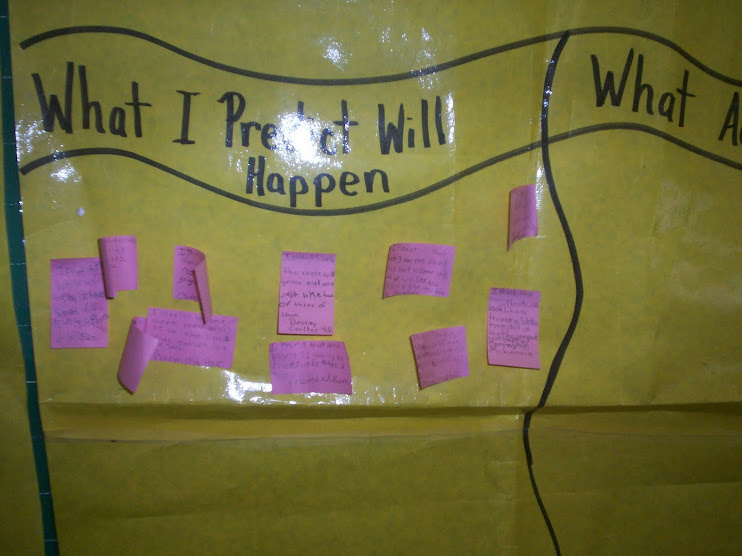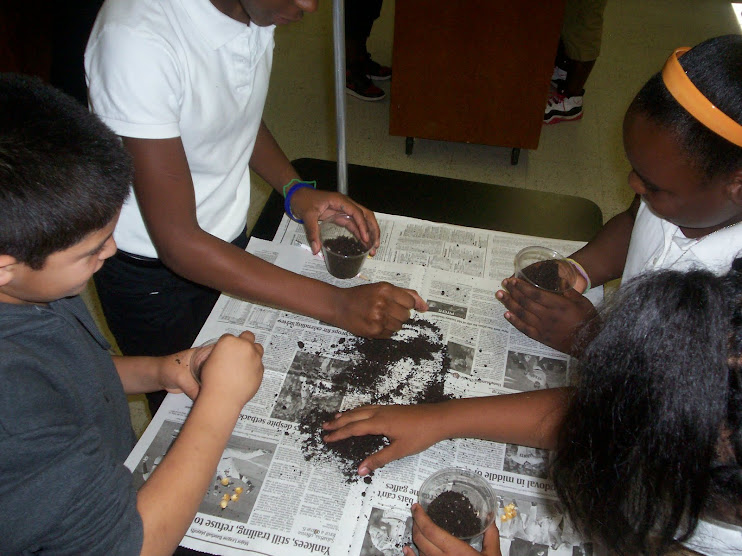Tessie Sanders
LTC 5336-Spring 2010
Professor-Dr. Vowels/Concordia
Research Questions and Hypothesis For Case Study
The question is…How do you develop a usable research question? Answer: choose an appropriate topic or issue relevant to your research or case study and ensure that it is one that can actually be researched. A helpful tip from the reading would be to evaluate the research question and hypothesis prior to completing the research. To paraphrase one can develop a hypothesis and research question based upon professional knowledge regarding the topic of the case study.
Key points to developing research questions and hypotheses for the three modes of research case studies. For a qualitative research case studies, the questions assume two forms: a central question, which is a broad question that asks for an exploration of the central theme or concept of the study; and sub-questions : which are a series of questions that follow the central question and narrows the focus of the study. In quantitative studies, the research questions and hypotheses inquire about the relationships among variables that the investigator seeks to understand. For the quantitative hypotheses, the researcher makes predictions regarding the expected outcome among the relationships observed. For mixed method research, one typically would not see questions or hypotheses statements. It is predicated upon the format of both modalities to be combined.
What impacted me the most while conducting this case study were the guidelines for developing a quantitative research format; the format may seem challenging, but it appears to be something that can be accomplished. The guidelines for writing and developing a good quantitative research and hypotheses statement states: the researcher may relate and describe one or more independent variables by comparing groups to see the impact on a dependent variable; the most challenging form of the research comes after testing the theory of both dependent and independent variables; in order to eliminate repetition, use only the research question or the hypotheses, not both; and the researcher must be knowledgeable of using a null or directional hypotheses when casting a general or isolated prediction about the central theme studied.
To summarize, research questions and hypotheses narrow the purpose statement and assists the reader in specifying the topic studied. In short, it should incorporate the 5 W’s and H.
Subscribe to:
Post Comments (Atom)































No comments:
Post a Comment